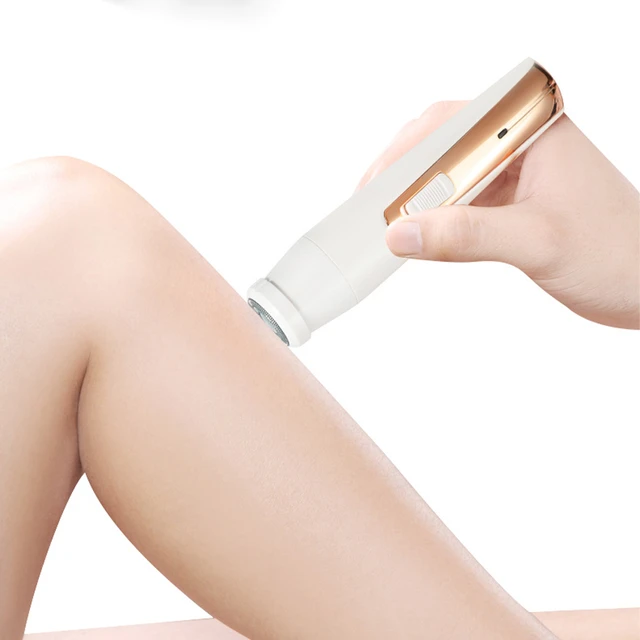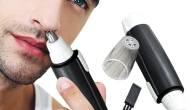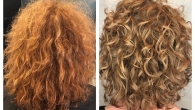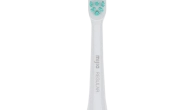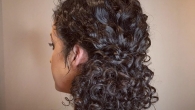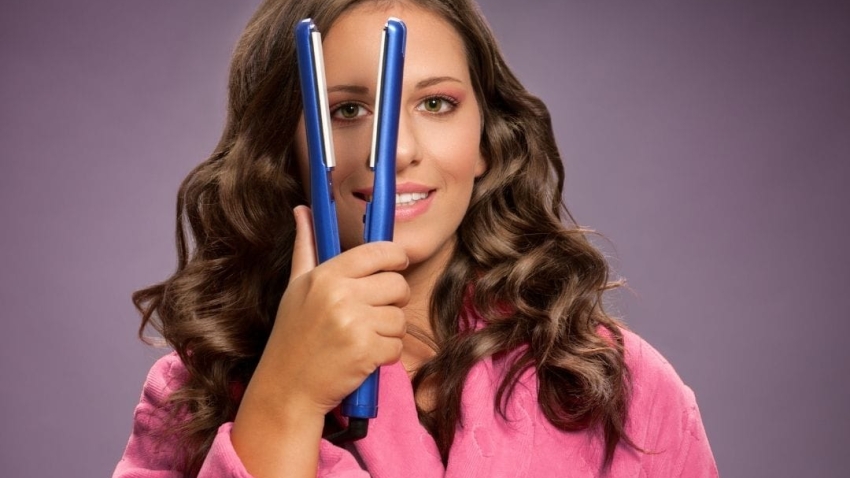
Master Curl Training Techniques for Defined Curls
Overview of Curl Training
How to curl train your hair? Curl training is a way to advance your natural curl pattern. By using mindful techniques, you encourage your hair to form its innate curls. It involves specific methods like finger coiling or twisting strands. This nurtures your curls’ memory over time. Curl training is adaptable. It suits various hair types from wavy to coily textures. With patience, it enhances curl definition without heat or chemicals. This technique can repair the effects of damage like from dye or flat ironing. To effectively curl train, you need the right products and methods. These will ensure your hair retains its moisture and pattern.
It’s important to repeat curl training regularly. This will progressively improve your curls’ health and shape. Finger coiling is about winding a strand around your finger. With twisting, you intertwine two strands together. Both methods have their merits. Decide which one gives you the best curls. Clumping is another term linked to curl training. It’s when strands form into bunches, accentuating the curls’ silhouette. Proper clumping can lead to shinier and healthier-looking curls. Next, let’s delve into choosing haircare products that support curl training.

Finding the Right Haircare Products
Shampoo and Conditioner Selection
Select shampoos and conditioners free of sulfates and silicones. They preserve moisture and avoid stripping natural oils.
The Role of Leave-in Conditioners
Apply leave-in conditioners to hydrate and define curls. Look for lightweight, hydrating options that suit curly hair.
The Importance of Hair Oils
Incorporate hair oils like coconut, argan, or jojoba. They nourish, add shine, and protect from heat and UV rays.
Techniques for Applying Products
The ‘Praying Hands’ Method
To use the ‘praying hands’ method, take a bit of styling cream or oil. Warm it between your hands. Sandwich a hair section between your hands. Lightly slide them down the section. This spreads product evenly without frizz.
Scrunching for Enhanced Curls
After applying products, cup your hands at your hair’s base. Scrunch upwards gently. This helps define your curls’ pattern. It boosts the natural bounce of your curls.
Drying and Diffusing Strategies
Using Microfibre Towels and Cotton T-Shirts
After washing your hair, dry it with a microfiber towel or a cotton t-shirt. These are gentler than regular towels. They help curls keep their shape and reduce frizz. Blot your hair gently and avoid rubbing to keep the curl pattern. Allow your curls to air dry for best results.
The Benefits of Using a Diffuser
Using a diffuser can help define your curls when blow drying. Attach it to your hair dryer and set it to low heat. Gently cup your curls with the diffuser and lift upward. This adds volume and maintains curl integrity. A diffuser distributes heat evenly, which can prevent excessive damage. It’s a useful method between wash days to revive your curls.
Maintenance Between Washes
Refreshing Curls with DIY Sprays
In between hair washes, curls can lose their shape and bounce. A homemade refresher spray can bring curls back to life. Start with distilled water, aloe vera or a leave-in conditioner, and a few drops of hair oil. Mix these in a spray bottle and shake well. Lightly mist your hair with the mixture to redefine and hydrate your curls.
Benefits of Silk or Satin Pillowcases
Using silk or satin pillowcases is another way to maintain curls between washes. They cause less friction than cotton, helping curls stay defined and smooth. Silk or satin also keeps moisture locked in, which is crucial for curly hair health.
Regular Haircuts for Curl Clarity
Trims are vital for curly hair’s overall health and shape retention. Regular haircuts eliminate split ends that cause frizz and disrupt curl patterns. Aim to get a trim every 6-8 weeks. This schedule keeps curls fresh and well-defined. Between visits to the salon, be cautious about any heat tools. Excessive heat can damage ends and require more frequent trims. With the right care, your curls can stay defined and free from damage.
Popular Methods for Curl Definition
How to curl train your hair? When defining curls, it’s essential to choose techniques tailored to your hair type. Here’s a breakdown of some popular curl definition methods:
Curl Training as a Gentle Method
Start by washing with sulfate-free shampoo. Apply a leave-in conditioner or oil. Finger coil or twist your hair while wet. Let it air dry. This method requires patience but avoids heat damage.
Heat Tools and Their Downsides
Use a heat protectant on dry hair. Curl sections with an iron or wand. Remember, heat tools can lead to dry, damaged strands. Protect your hair to minimize harm.
Overnight Curls Technique
Wrap moist hair around a robe tie or use rollers before bed. Sleep on it. Wake up to effortless curls. Be prepared for mixed results based on your hair’s properties.
Hot Curlers for Different Curl Types
Apply protectant, then roll sections onto curlers. Pin in place and let cool. Remove gently. This method can offer varied tightness in curls without too much heat exposure.
 The Science of Curl Training
The Science of Curl Training
How to curl train your hair? Understanding the science of curl training can greatly enhance your ability to achieve defined curls. Two techniques stand out in this scientific approach: finger coiling and twisting. Each has its own benefits depending on your hair’s natural tendencies and the results you hope to achieve. Let’s explore how these methods work to restore curl memory and improve curl definition.
Restoring Curl Memory
Restoring your curls’ memory involves repeated practices that encourage your hair to return to its natural curl pattern. This is especially important if your hair has been damaged by heat or chemical treatments, which can alter your natural curl structure. Curl training, through methods like finger coiling or twisting, helps your hair remember its original curl shape over time.
Techniques: Finger Coiling vs. Twisting
Finger coiling is a technique where you wrap individual hair strands around your finger to define and encourage your natural curl pattern. It is a gentle way to shape your curls without using heat.
Twisting involves intertwining two hair strands together. This can help define tighter curl patterns and create more spring in your curls.
Both techniques are helpful for enhancing curl definition. They reduce frizz by maintaining the curls’ integrity during the drying process. By practicing these methods, your hair gradually adapts, leading to better curl definition with each training session. Consistency is key; the more you train your curls, the more defined they will become.
Utilizing these curl training techniques and understanding the underlying science of how they affect your hair is crucial. It can be a game-changer in achieving your desired curl definition and overall hair health.
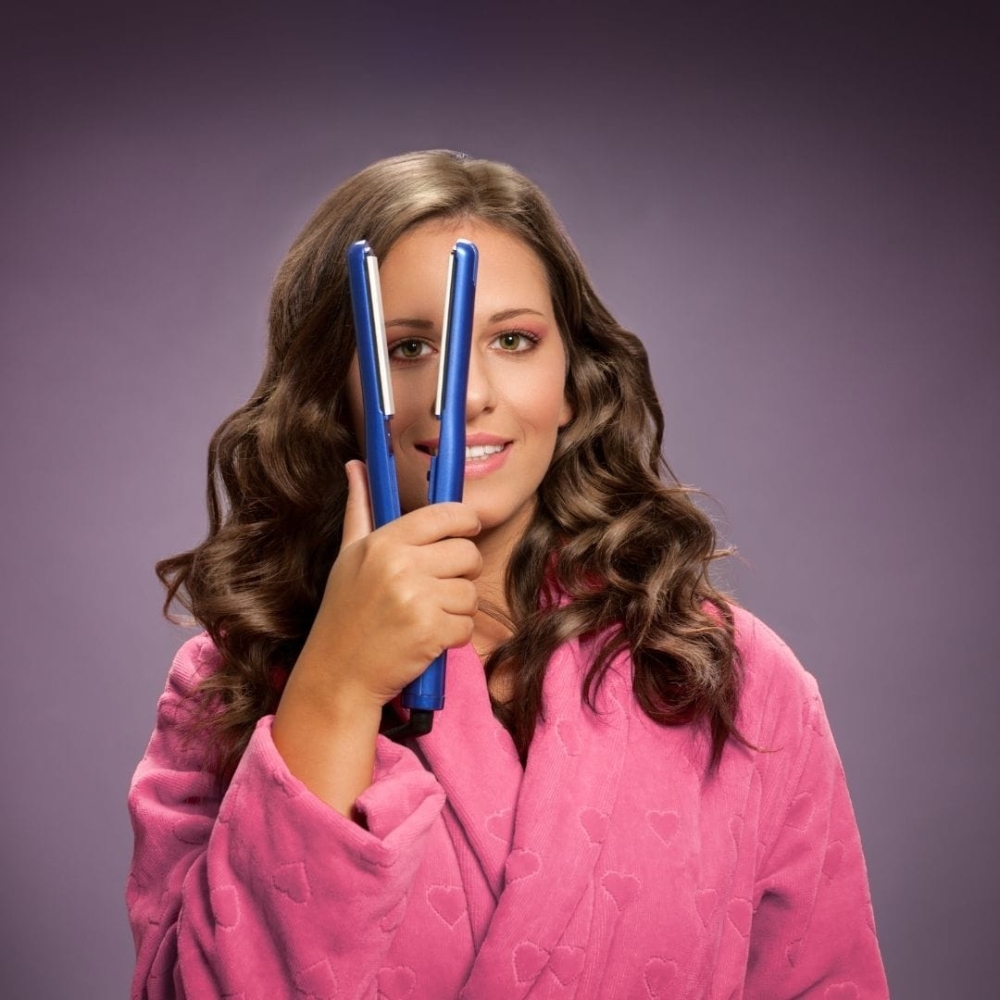 Additional Tips for Curl Definition
Additional Tips for Curl Definition
How to curl train your hair? In mastering the art of curl definition, extra tips can help fine-tune your routine. Incorporating these supplemental practices alongside curl training and product use optimizes your hair’s appearance and health. Here are some additional tips:
Understanding Clumping for Curl Definition
To get defined curls, know how clumping works. Aim for hair strands to naturally group together, forming defined curls. Use a wide-tooth comb for gentle detangling and to encourage natural clumping. Remember, well-formed clumps often appear shinier and healthier.
Tools and Techniques for Reducing Frizz
Manage frizz by using the right tools. Switch from brushes to wide-tooth combs. This prevents breakage and maintains curl pattern. Ensure your hair is thoroughly wet when applying products. Water helps curls form better. End your shower with a cold rinse, to seal moisture and cuticles.
Styling Tips for Lasting Clumps and Definition
Use styling products that support curl unity. Apply them evenly, and remember not to touch your hair while drying. Style with methods fit for your curl type. Experiment with different application methods like raking or gliding. Find what works best for achieving lasting definition.
By following these additional pointers, you can further refine your curl training routine for even better results. Remember, consistency in your care and methods will lead to well-defined, resilient curls.





